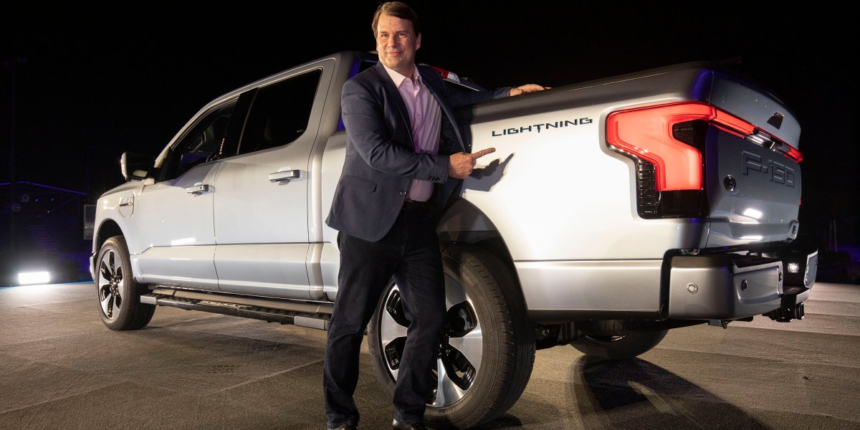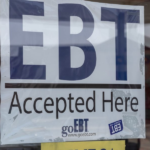The federal electric vehicle (EV) tax credit expires at midnight, ending a 17-year policy pillar that helped close the price gap with gasoline vehicles and turbocharged adoption; the immediate fallout is likely softer demand, leaner EV production, and a strategic pivot by legacy automakers toward hybrids and profitable ICE (internal combustion engine) nameplates, while stopgap leasing workarounds cushion some of the blow.
Farley reminded the audience that he always says, “The customers are pesky. They surprise you.” And what he’s learned is that “customers are not interested in a $75,000 electric vehicle. They find them interesting. They’re fast. They’re efficient. You don’t go to the gas station. But they’re expensive.”
The good news for carmakers, Farley added, is that “partial electrification is more interesting to customers than we thought…we think hybrid, EV plug-in, E-revs, those kind of partial electric solutions, America is going to fall in love with, or already is falling in love with.” And they’re falling out of love with pure-play EVs, he implied.
For this story, Fortune used generative AI to help with an initial draft. An editor verified the accuracy of the information before publishing.









